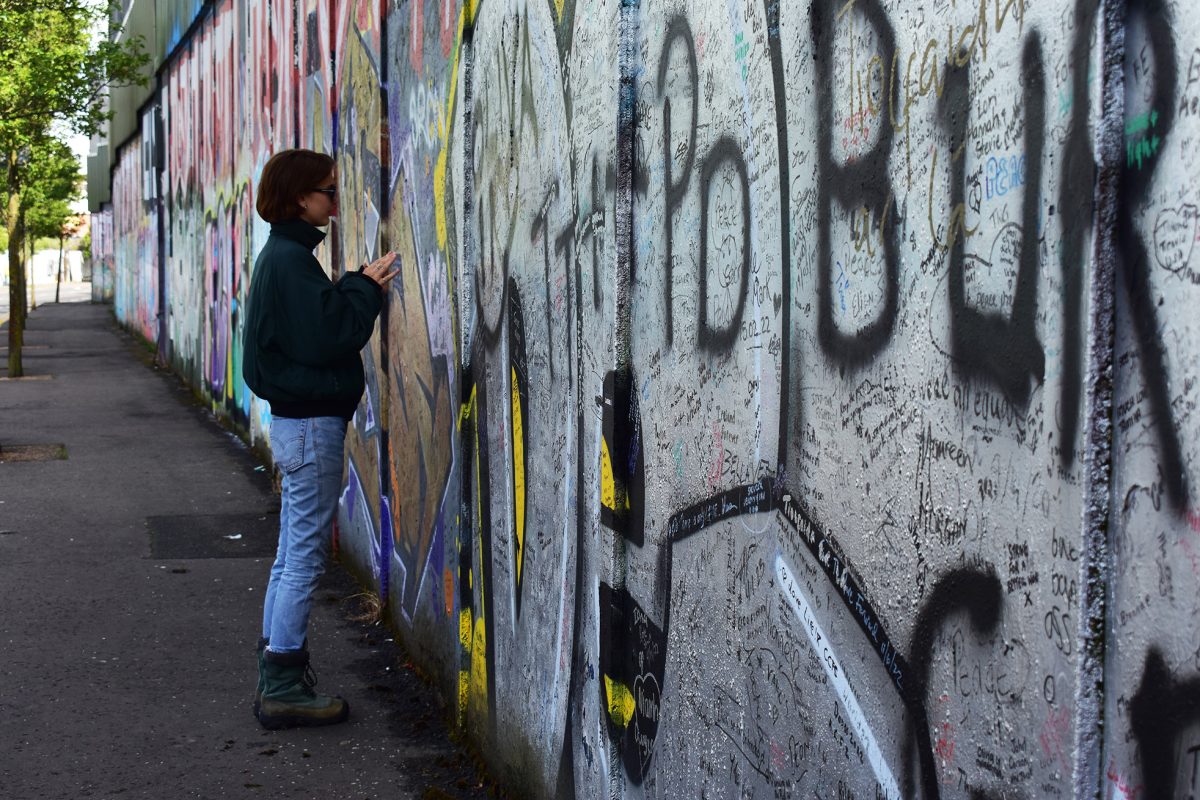There’s Culture and Secrets Behind Graffiti Art
Graffiti is more than just paint on walls—it’s an underground culture, a voice for the unheard, and an art form that has sparked controversy and admiration in equal measure. Behind every spray-painted mural or hastily scrawled tag lies a world of hidden meanings, artistic expression, and deep-rooted traditions.
The Origins of Graffiti
Graffiti has been around for centuries, dating back to ancient civilizations like the Romans and Greeks, who etched their messages into walls. However, modern graffiti culture emerged in the 1960s and 70s, particularly in New York City. Young artists, using spray cans as their tools, transformed subway cars and city buildings into their canvases, leaving behind intricate tags and elaborate murals.
The Language of Graffiti
To the untrained eye, graffiti might seem like random scribbles, but within the culture, it has a language of its own. Tags are the most basic form, serving as a signature for artists. Throw-ups and pieces (short for masterpieces) display more elaborate designs and creativity. Some graffiti also carries coded messages, political statements, or tributes to influential figures in the community.
The Secret Code of Street Artists
Many graffiti artists operate in secrecy, often working at night to avoid law enforcement. Some adopt unique pseudonyms to protect their identities, creating legendary reputations within the street art community. The competitive nature of graffiti has led to an unspoken set of rules—certain spots are respected, and crossing out another artist’s work (known as “going over”) is considered a sign of disrespect.
Graffiti as a Form of Protest
Throughout history, graffiti has been a tool for political and social commentary. From murals highlighting racial injustice to messages protesting government policies, the streets have become a powerful canvas for activism. In many places, graffiti serves as a means of resistance, allowing marginalized communities to express their frustrations and hopes for change.
Street Art vs. Graffiti: The Fine Line
While graffiti is often associated with vandalism, street art has gained mainstream acceptance. Renowned artists like Banksy have blurred the line between illegal graffiti and celebrated public art. Many cities now commission murals and legal street art spaces, recognizing graffiti’s artistic and cultural value.
The Future of Graffiti Art
Despite efforts to crack down on illegal tagging, graffiti culture continues to thrive. With the rise of social media, street artists can share their work globally, gaining recognition beyond their local streets. Some graffiti artists have even transitioned into mainstream art galleries, proving that what was once considered vandalism is now being embraced as legitimate art.
Conclusion
Graffiti is more than just a rebellious act—it’s an ever-evolving culture filled with creativity, history, and meaning. Whether used for personal expression, social change, or artistic innovation, graffiti remains an important part of urban landscapes worldwide. The next time you see a mural or a tag on the street, remember: there’s more to graffiti than meets the eye.





